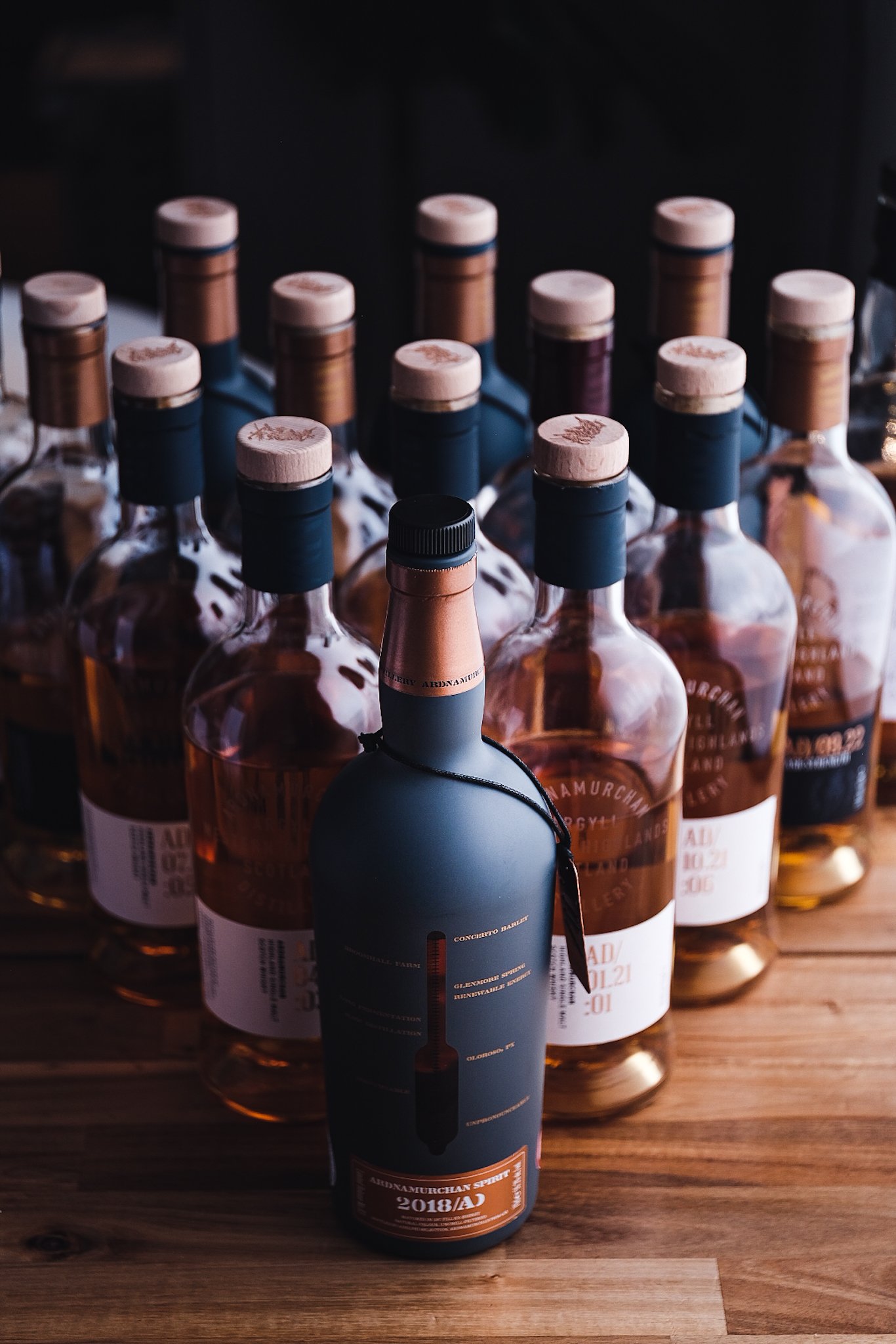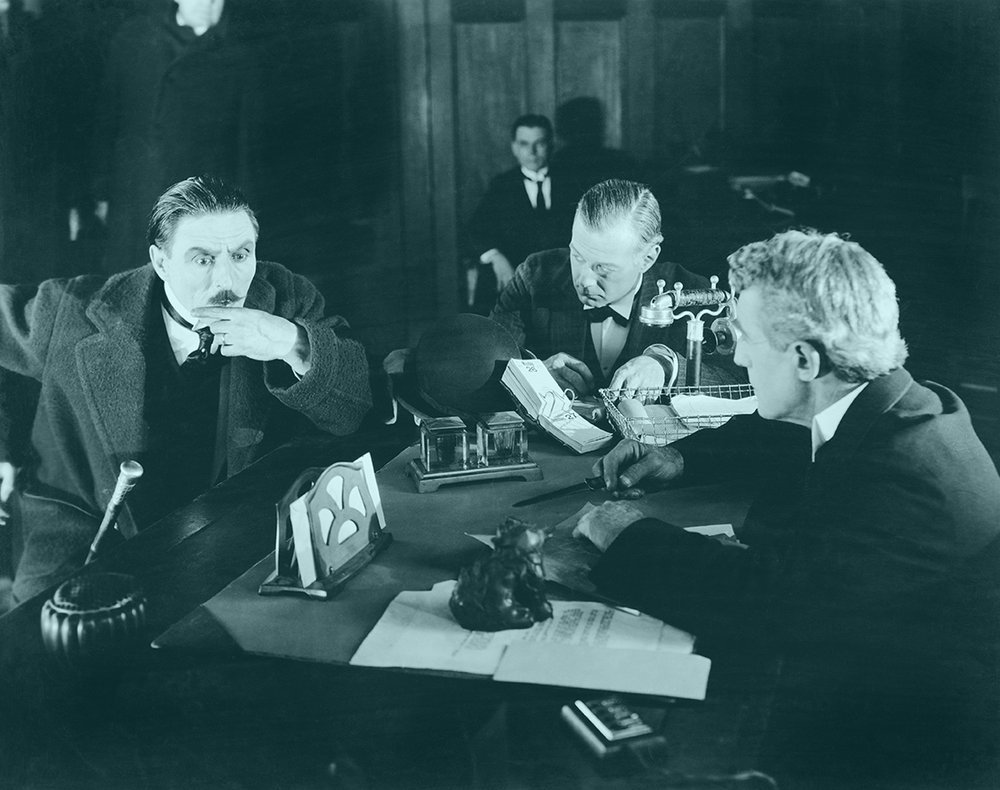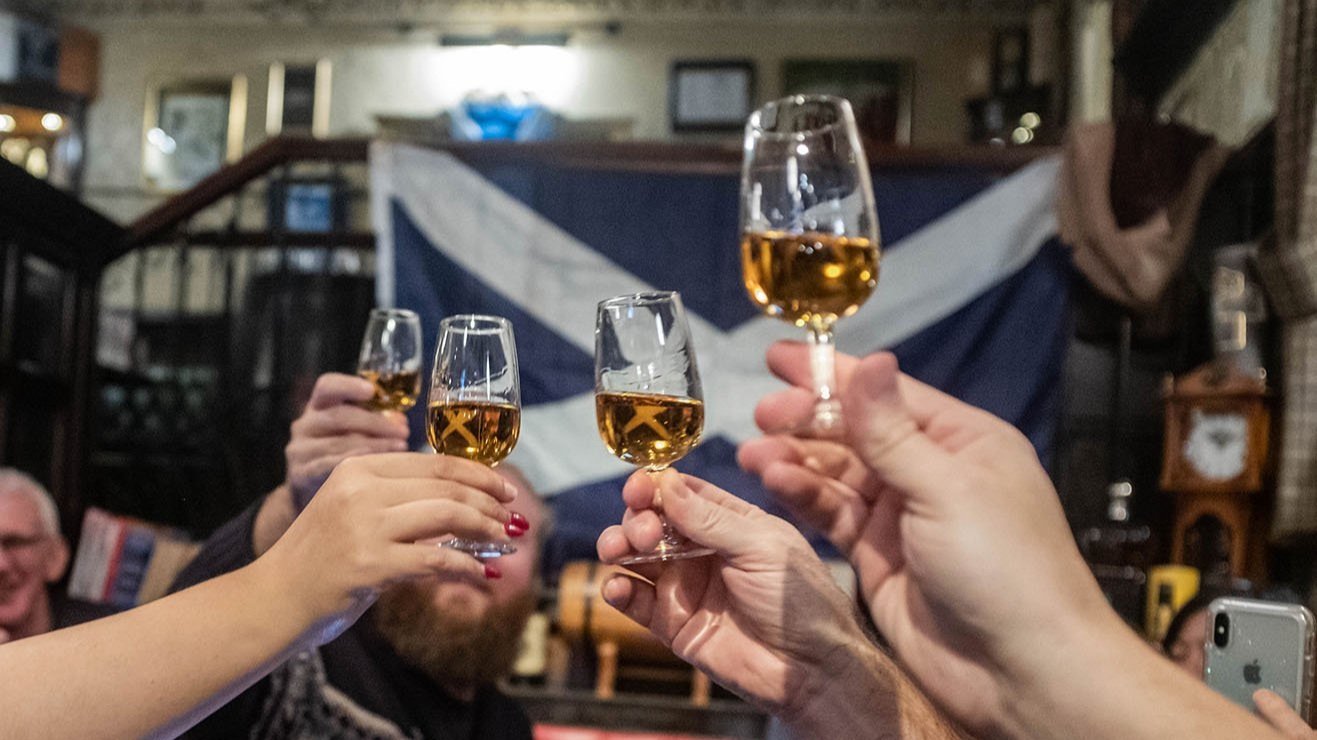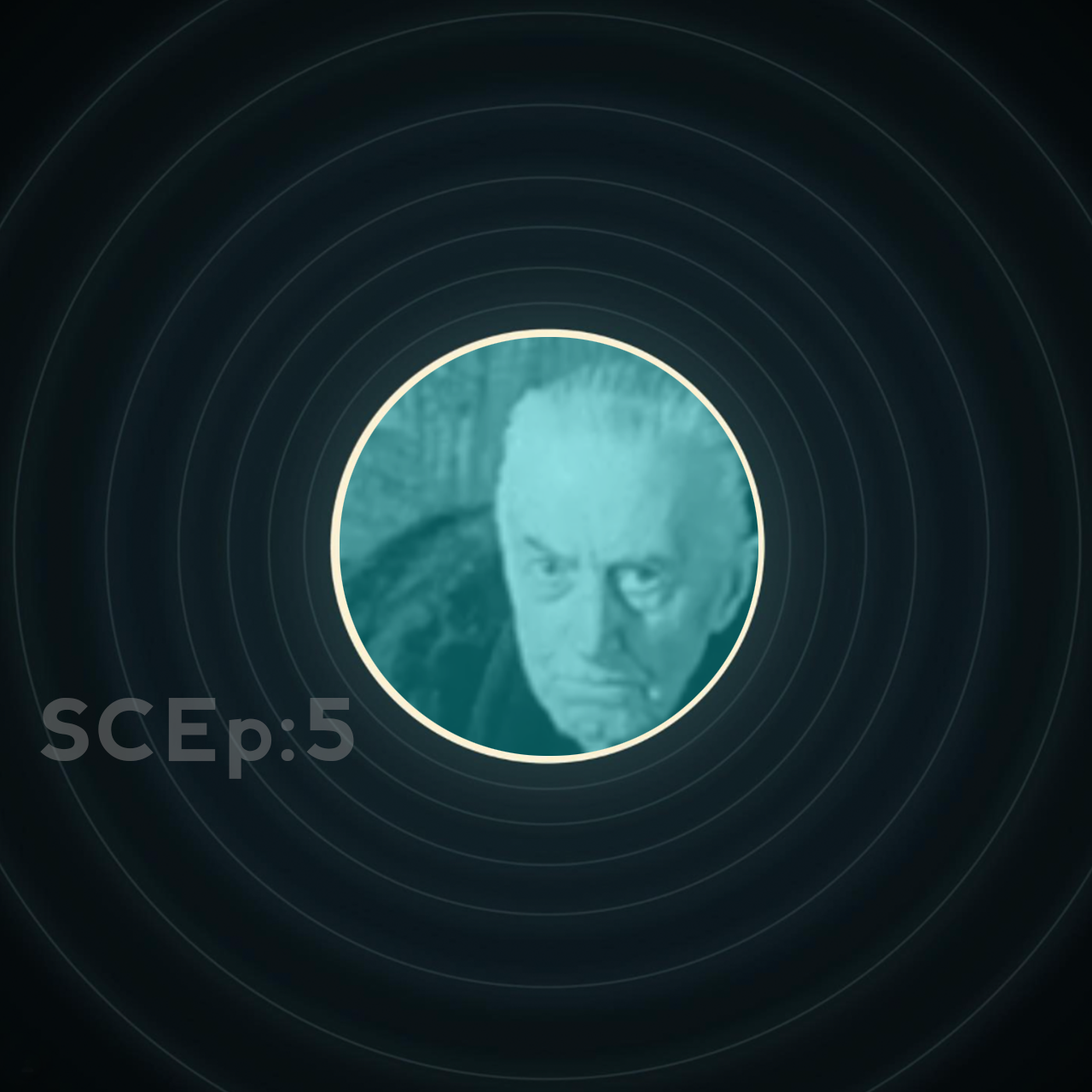Loch Lomond Single Distillery Blend
Distillery Edition 02, Peated 5yo | 57.7% ABV
Score: 7/10
Very Good Indeed.
TL;DR
A very well put together blend
We should all love blends, right?
Well no, not really. The reality is they often contain a high proportion of young grain whisky, which is mass produced in large industrial distilleries in order to reduce costs and make the malt stretch further.
Many young grain whiskies can be harsh, gluey, lacking in character and overly sweet. They are mostly made using cheaper grains and cereals than the 100% malted barley we have in our malts. We are bombarded by big brands, throwing out cheap blends containing young whisky, stored in average wood, watered down to 40%, chill-filtered and tanned up with caramel colourant.
It also doesn’t help that we are constantly told that blends aren’t as good as they used to be in the old days. Is it any wonder we get turned off by them? They occupy a large and important part of the whisky landscape, but once we move on to better quality whiskies, they start to give all blends a bad name.
I don’t blame anybody for turning away from some of the mass-market blends we see on supermarket shelves, in the same way, that many start to dismiss a lot of the mass-market malts. The difference with malts is that we have plenty of higher quality choices with specialist retailers to explore, but with blends, the variety isn’t there to the same extent.
There have always been some out there, but I am noticing a greater number of better-presented options appearing in 2022 and 2023, and they are showing us that when an eye is placed on flavour as well as price, we can have more blends on our shelves again.
Blended Scotch has always been the dominant force in the landscape, but its huge market share is slowly being eroded away by the new generation of whisky lovers and their preference for single malts. It has a long way to go to catch up with blends, but in terms of cases sold, single malts are expected to rise by 4.1% in 2023, compared to just a 1.2% rise for blend sales, with single malts currently accounting for 32% of export sales by value, compared with 59% for blended scotch.
I couldn’t find any figures in relation to the number of bottles exported, so I reached out to the Scotch Whisky Association and was told that by volume, bottled blended scotch whisky currently accounts for 61% of all exports, with 11% being bottled single malts. The other 28% is made up of bulk blends, grains and malts, as well as bottled single grain, blended grain and blended malt. These are export rather than sales figures, but it gives an excellent guide to how dominant blends still are despite the rise of malt.
The Asia-Pacific region has overtaken the EU as the industry’s largest regional market. A whopping 364 million extra bottles of scotch whisky were exported in 2022 compared to pre-pandemic figures of 2019. I think when people talk about a potential future whisky loch and all the bargains there will be when it occurs, they are forgetting the huge emerging markets in Asia and other parts of the world that have a huge thirst for scotch and it’s only growing and growing, particularly with the malts. In the UK we are a relatively small cog in the scotch whisky buying chain when we think globally.
There have been a number of blended scotch releases featured on Dramface this past year. The Loch Lomond-produced Glasshouse was reviewed by Wally, Fingal looked at North Star Spirits ‘The Fool’, Dallas cast an eye over a 14-year-old from Bartel’s and Logan sang the praises of another 14-year-old under the Brig O’Perth label. All four of these were naturally presented with no chill filtration or colour added and a minimum ABV of 46%, and all scored well.
Thompson Brothers released their TS/BSW blended scotch to rave reviews from many in the whisky circles I frequent online, and I loved it too. Ardnamurchan distillery owners Adelphi have recently released their own blend aimed squarely at us. Maclean’s nose contains a hefty 70% malt whisky, a high proportion of ex-sherry casks, and still manages to come in at a price tag of around £30. These are the blends we should be looking out for and setting aside our preferences towards malts from time to time.
Review
Loch Lomond Distillery Edition #02 Single Distillery Peated Blend 5yo, 57.7% ABV
£40 paid
That brings me to the whisky I am reviewing today, which is both naturally presented, well priced, and still available from the Loch Lomond distillery website at the time of writing. With only 300 bottles available, I am surprised it has hung around as long as it has. It is the second edition in a series of small-batch releases personally selected and put together by Loch Lomond’s master blender Michael Henry. The first edition was a 9-year-old single malt produced with a proportion of Chardonnay wine yeast in the fermentation process and distilled using Loch Lomond’s straight-neck stills. I enjoyed it immensely, and there are more interesting releases on the way too, so keep an eye on the Loch Lomond website.
Loch Lomond is one of the very few distilleries producing single malt and grain on the same site and therefore can create a single distillery blend in-house and bottle it with the distillery name and branding. We get a 5-year age statement on the bottle, but as you can see from the following breakdown of components, most of the liquid is a little older;
20% single malt straight neck still, wide spirit cut 50ppm phenol malted barley distilled March 2015 1st fill ex-bourbon barrel
20% single grain Coffey still distilled from 50ppm phenol malted barley distilled May 2009 1st fill ex-bourbon barrel
20% single grain Coffey still distilled from 50ppm phenol malted barley distilled April 2013 2nd fill ex-bourbon barrel
40% single grain Coffey distilled from 50ppm phenol malted barley distilled March 2017 2nd fill ex-bourbon barrel
Nose
There’s an icing sugar sweet earthiness and a good dollop of creamy vanilla, with tart apple and foam bananas. The peat influence is largely medicinal – sticking plasters and first aid kits – with a hint of campfire smoke and herbal elements of rosemary and sage. I also get furniture polish, pebbles and dry grass.
Palate
It drinks really well for young cask-strength whisky, but I do recommend a drop of water. Sweet honey and apple, along with vanilla and a nice sourness of lime come in just after cutting through the sweeter flavours. The smoke begins to make its impact, and it’s a big mouthful of bonfire smoke, along with liquorice, black pepper, and those herbs we had on the nose, with the addition of chocolate limes. The herbal smoke lingers into the finish, with vanilla cream, hazelnut, grasses, and oak.
The Dregs
This is an example of blended whisky done well. Loch Lomond continues to grow from strength to strength in recent years. When I reviewed the 12-year-old Inchmurrin I felt the quality had risen since my previous bottle two or three years earlier. These exclusive distillery releases showcase the sheer variety this distillery has to offer.
One big difference with the grain element of this blend is the use of 100% malted barley, rather than a mix of malted and unmalted cereals and grains you will find at most grain distilleries. That will, of course, have an impact on flavour but Loch Lomond are showing with this, and also their core range of peated and unpeated single grains, that they are producing really tasty column distilled whisky. The column distilled spirit was taken off the still at a strength of 85% ABV. When you compare that with grain giants such as North British, Girvan and Invergordon who are taking their spirit off at around 95%, I wouldn’t be surprised if that contributes to a less pure, more stripped down and therefore more flavourful spirit at Loch Lomond.
I started off a little bit sensationalist by saying we shouldn’t love blends, but in reality, we should love blends, we just have to find the right ones.
Score: 7/10
Tried this? Share your thoughts in the comments below. RT
-
Dramface is free.
Its fierce independence and community-focused content is funded by that same community. We don’t do ads, sponsorships or paid-for content. If you like what we do you can support us by becoming a Dramface member for the price of a magazine.
However, if you’ve found a particular article valuable, you also have the option to make a direct donation to the writer, here: buy me a dram - you’d make their day. Thank you.
For more on Dramface and our funding read our about page here.











































